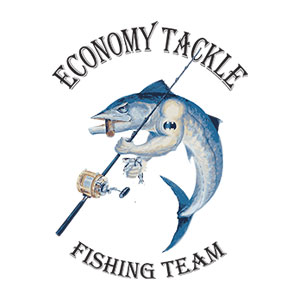Knowing that some of you may be selecting a kayak and paddle for the first time we’ve put together some helpful facts to consider when buying your kayak:
- The longer the boat the better the glide, tracking, and ease of paddling at top speeds.
- Shorter boats can be more maneuverable and be easier to paddle at slower speeds though they may not track or glide as well as longer boats.
- Kayak length is NOT gender specific.
Kayaks can be broken down into 2 major categories: “Sit-on-Top” and “Sit-In”
Generally speaking, these are the characteristics of each:
Sit On Top Kayaks
- Self-bailing
- Virtually unsinkable
- Wide beam offers good to excellent initial stability (Not Tippy)
- Easy to enter, easy to exit
- Offers large platform from which to dive, snorkel, and outfit with fishing rod holders
- Carries lots of gear topside
- Higher center of gravity
- Less protection from the elements (i.e. sun, wind, spray)
Sit In Kayaks
- Narrower, yet stable hull shape increases €œglide and ease of paddling€
- Cockpit offers protection from wind, spray, sun and colder water
- Properly fitted spray skirt eliminates water and sun entering cockpit
- Lower center of gravity can increase stability and paddling control
- Large below deck gear capacity for longer trips
To Rudder, or not to rudder?
- In most cases the rudder is operated by the feet
- Assists in keeping the boat on course
- Helpful in controlling the kayak in winds, currents, and waves
- Can be engaged or disengaged at will
- Can be added to a wide range of kayaks
Gear
- The U.S. Coast Guard requireseach paddler to have in their possession:
- A properly fitted Type III approved PFD (Personal Flotation Device)
- A whistle
- Flashlight after sunset to signal your position
Additional Gear to consider to meet your specific kayaking needs:
- Small anchor and about 20′ to 30′ of line
- Cart for easier transport of kayak and gear
- Car Roof Rack
- Dry bags/cases for gear
- Waterproof cell phone case
- Hand bilge pump
- Large Sponge
- Deck light
- Compass
- Paddle float for open water rescue
- Water shoes
- Hat
- Sunglasses
- Spray skirt
- Cockpit cover
Selecting the right paddle may be even more important than selecting your kayak. While it may seem that paddles are only a few ounces different in weight, over the course of a couple of hours on the water those ounces can add up making a big difference to your paddling comfort and enjoyment.
In most cases the lighter the paddle, the better. Average paddle lengths range from 220 cm to 240 cm
Paddle length is generally determined by 2 factors:
Paddler’s height
Beam of the boat (width of the kayak)
It is the goal of our qualified and courteous staff to provide you with the best kayak, gear, and service available.
Let us know any way we can enhance your kayaking experience today and in the future.

